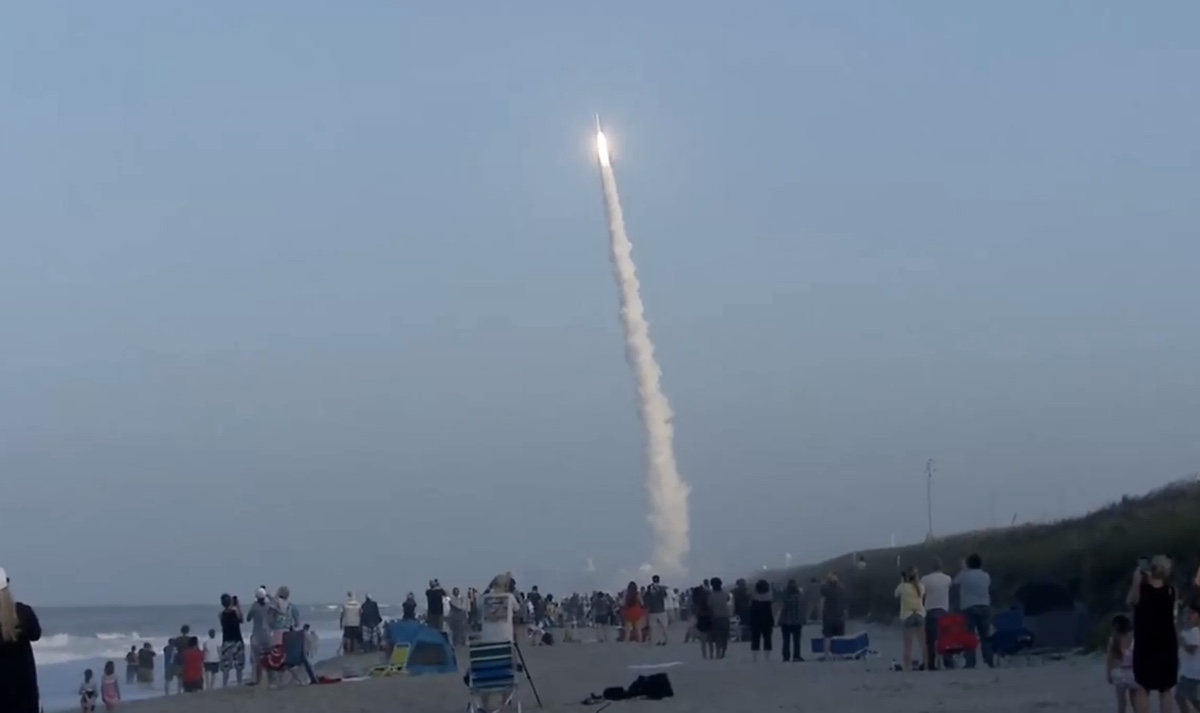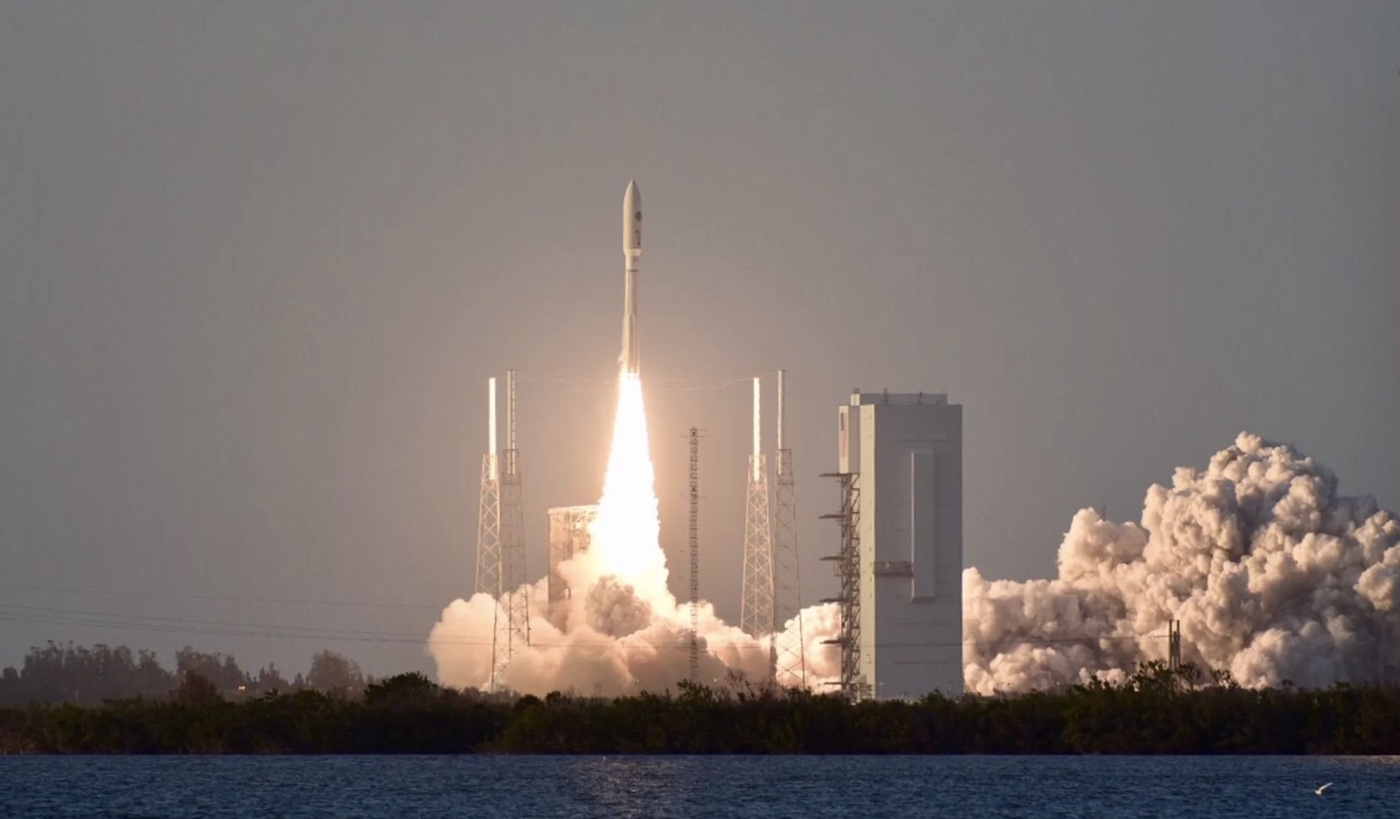2 Military Satellites Launched into Orbit Around Earth
The Atlas V rocket lifted off at 7:13 p.m. EDT (2313 GMT) from Space Launch Complex 41 at Cape Canaveral Air Force Station in Florida. The U.S. Air Force Space Command mission, AFSPC-11, features a geostationary communications satellite called the Continuous Broadcast Augmenting SATCOM (CBAS) and the experimental ESPA Augmented GEO Laboratory Experiment (EAGLE) demonstrator.
The EAGLE spacecraft is carrying several payloads, including a smaller satellite called Mycroft that is designed to test self-inspection technology for satellites, Air Force officials said. [The Most Dangerous Space Weapons Ever]

Shortly after liftoff, ULA shut down its live video feed from the Atlas V at the request of the U.S. Air Force, a routine procedure for military launches. About five and a half hours after liftoff, the two satellites will begin to separate from their carrier rocket, according to a ULA mission description. Then, both satellites will be carried into a geosynchronous orbit 22,236 miles (35,786 km) above Earth, where they can keep watch over the same region of the planet.
The CBAS is designed to expand existing military satellite communications by relaying messages between senior military officers and commanders in combat, according to a statement from the United Launch Alliance (ULA) about the mission.

"The mission of CBAS is to augment existing military satellite communications capabilities and broadcast military data continuously through space-based, satellite communications relay links," according to the ULA statement.
While CBAS is the primary payload of the mission, mounted beneath the satellite was the EAGLE satellite.
EAGLE is an Air Force Research Laboratory (AFRL) flight experiment program designed to "demonstrate a maneuverable ESPA based space vehicle design, which can accommodate up to six hosted or deployable payloads in GEO," according to the ULA statement. "EAGLE experiments will also provide new technologies to detect and identify system anomalies such as space weather events and characterize collision events due to micrometeorites."
Sign up for the Live Science daily newsletter now
Get the world’s most fascinating discoveries delivered straight to your inbox.
One of EAGLE's payloads is Mycroft, a small satellite built by the Air Force Research Laboratory that is designed to fly away from its mothership to test technologies and techniques for space situational awareness.
"It will explore ways to enhance space object characterization and navigation capabilities," AFRL officials explained in a statement. To do that, Mycroft will detach from EAGLE and fly just over 21 miles away (35 kilometers), then work its way back to just within half a mile (1 km), according to a mission description.
Mycroft is expected to remain in orbit for up to 18 months. The satellite and its EAGLE mothership "will be disposed of in a safe orbit" at the end of their mission, according to AFRL officials.
Follow Samantha Mathewson @Sam_Ashley13. Follow us @Spacedotcom,Facebook and Google+. Original article on Space.com.










